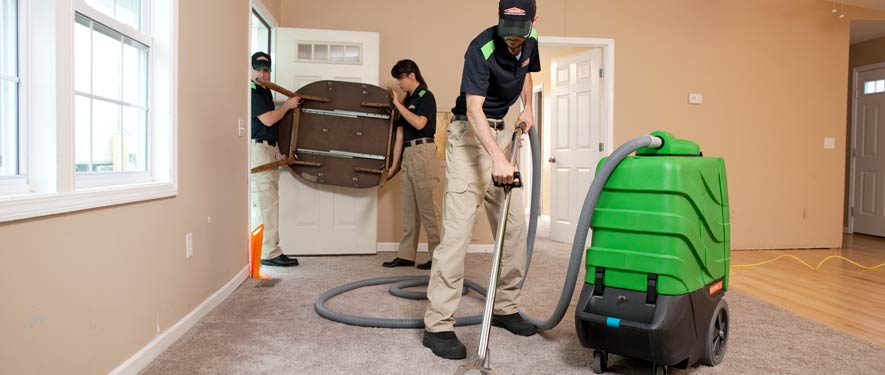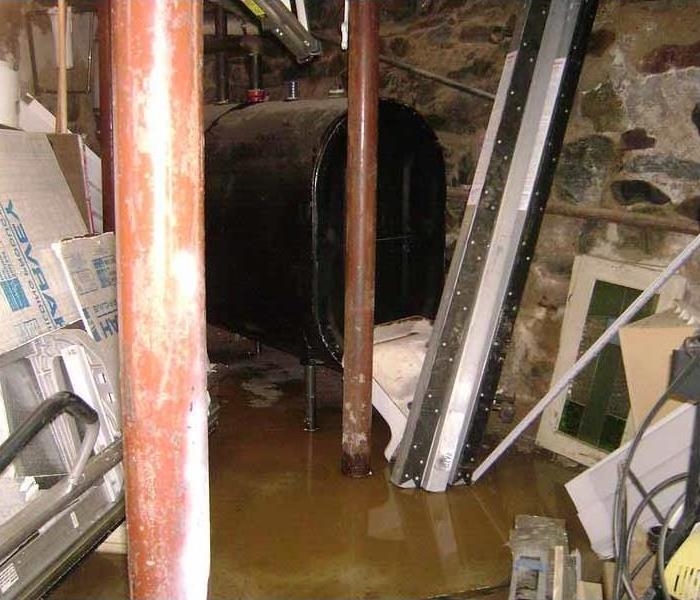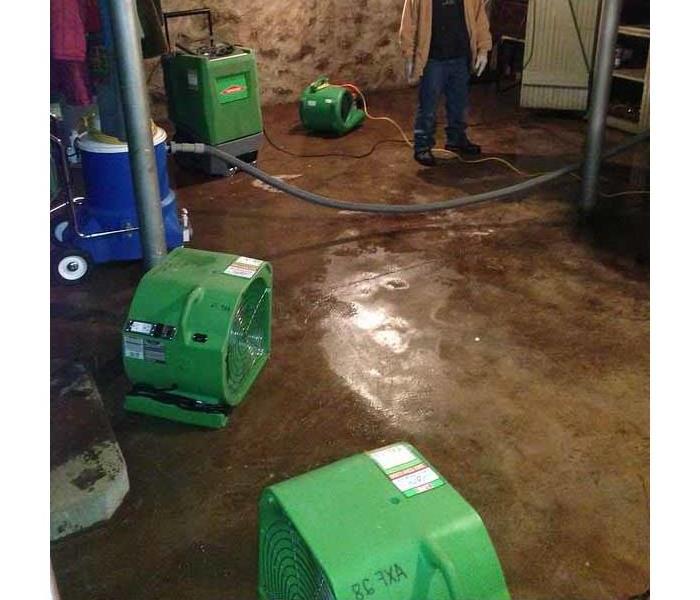
Step 3: Water Removal / Water Extraction
Once the inspection and water damage assessment is completed, the SERVPRO of West Hartford crew begins the water extraction process, during which we remove the majority of the water from your home or commercial property, as well as from the affected items. We use powerful pumps and truck-mounted vacuum units to quickly remove hundreds or thousands of gallons of water from your property. Not only is this much safer than you attempting to do this yourself, but the work is done to a more complete degree, thanks to the sophisticated equipment used by SERVPRO of West Hartford’s trained professionals. The water extraction step requires thoroughness and patience to assure we remove as much water as we can, which will speed up the next step, drying.
Move-Out / Pack-Out
If your home requires extensive restoration or cleaning, SERVPRO of West Hartford can conduct an organized, efficient move-out to protect your belongings from further damage.
- Move-Out Service
Emergency Water Removal
Our highly trained technicians will begin the water removal process almost immediately. Depending on the amount of water, we may use powerful submersible pumps in addition to industrial strength, wet/dry vacuums. Removing most of the water helps reduce drying time and helps prevent secondary water damage and mold and bacterial growth.
- Remove Excess Water
- Use Submersible Pumps and Industrial Wet/Dry Vacuums
Inspect the Carpet Pad and Carpet
We inspect the carpet and pad and determine if they should be removed to protect the subfloor.
- Inspect Carpet Pad and Remove If Needed
- Inspect Carpet and Remove If Needed
Water Removal Equipment
- Moisture detectors, hygrometers, and other meters measure the extent of moisture saturation.
- Infrared cameras may be used to find “hidden” water behind walls and ceilings.
- Submersible and gas-powered pumps are used for continuous pumping of high-level water.
- Truck-mounted and portable extraction units perform efficient water removal.






 24/7 Emergency Service
24/7 Emergency Service


